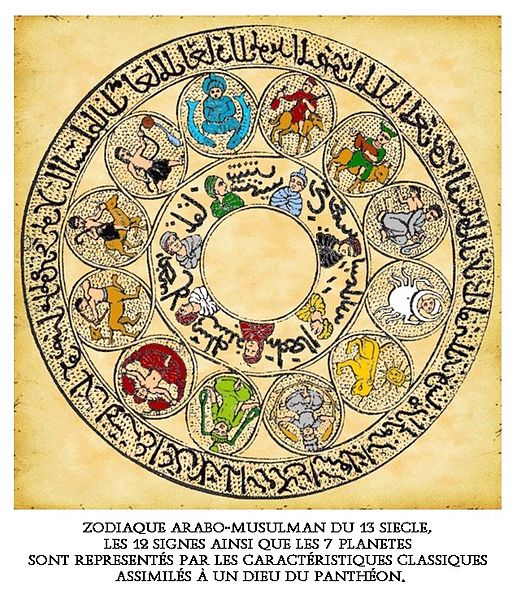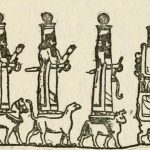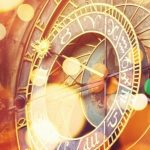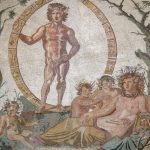Astrology is a field of study that has its roots in the primitive cultures of the world. The ancient people observed and studied the stars and their beliefs and myths that relate to the sky have been passed down through the generations. The primitive people used their growing astronomical knowledge for simpler things such as planning their agricultural affairs. This then expanded to the timing and prediction of other things such as natural disasters and major events. This made them grow in stature and astrologers soon became a part of the council to the rulers.
Constellations And Their Myths
The ancient people observed the stars and the constellation patterns that they formed. They related these constellation patterns to animal and human figures, gods and also mythological creatures. We still refer to these stories and relate them to our understanding of the zodiac signs that they represent.
We find the stories of the stars in poem form composed by the poet Hesiod who around 700 BC. The poems describe the creation and birth of the universe and its Gods and Goddesses. Astronomers added more mythological characters and their tales as the times flew by. Heroes and heroines were related to the stars and constellations.
Astronomical Knowledge Passed On As Stories
In 1930, French astronomers found that the Dogon people, descended from an ancient tribe in Mali, Africa has astronomical knowledge passed down as myths and practices. They claimed that Sirius had two stars and that the Earth was round and surrounded by space. It was only in 1970 that astronomers did find and confirm that Sirius did indeed have a companion star and they named them Sirius A and B. These people also claim that they learned these things from ancient astronauts called the Nommos who were from the planet Sirius and who visited the Dogon people hundreds of years ago.

Primitive Astrological Knowledge – Artistic Representation Of Sirius A and B
Circular Calendars Aligned To The Sun And Moon Movements
We find evidence of astronomers who studied the sun and moon and observed their changes and patterns dating back to at least 5000 years ago. These primitive people build structures that helped them to trace these movements of the sun and the moon through time. These structures align to accurately place the time of the winter and summer solstices as well as the spring and fall equinoxes. These structures were in the form of henges or shrines and some still survive in the UK. These ancient calendars were most often circular in shape. Stonehenge is one such monument. By tracing these movements the ancient people were able to plan and time their crops and harvests.
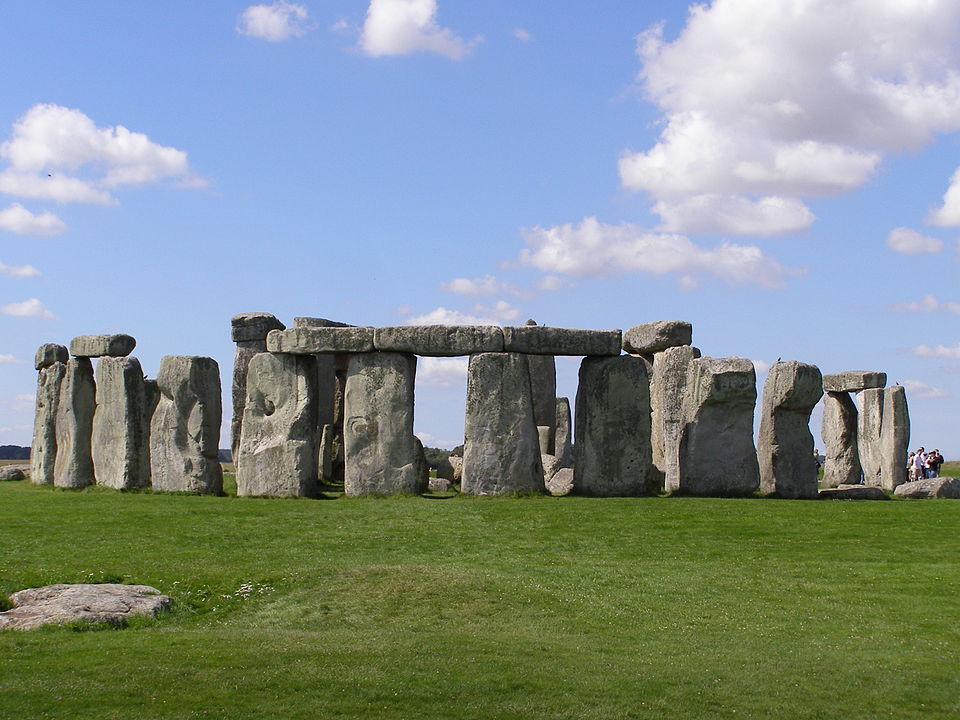
Ancient Astronomical Calendar – Stonehenge In UK
Stars For Navigation
The most common and useful application of astronomy by the people of ancient times was for navigation. Ancient sailors used to navigate by the stars. The ancients knew that the northern pole star was always in the north. They used this star to find their way and directions. The Phoenicians used the Sun’s movements to navigate.
Mesopotamians And Babylonians – Stars For Prediction
The Babylonians were the first people who used the stars and astronomy to predict. They kept track of the movements of the stars and used them to predict events. The astronomers found that there was a pattern not only to the seasons but also to events. They then correlated these with the movements of the stars. At the time of the Babylonians, astrology and astronomy were one.

The Mesopotamians and Babylonians at first based their astrological predictions on the study of omens. The Enuma Anu Enlil is the work that records this knowledge. There are cuneiform tablets of this text that survive. They show that the Enuma Anu Enlil was developed around the 18th to 16th centuries BC. But, it was actually collected and codified only in the 1st Millenium BC. These omens included eclipses, halos, crescents as well as visibilities of the planets, stationing planets, conjunctions and risings. Meteorological phenomena such as cloud formations, thunder, lightning and earthquakes were also studied as omens.
Egypt, Greece, Persia and India
These studies of the omens and their interpretation were passed to Egypt, Greece as well as India through the Achaemenian dynasty that ruled Persia from 559 – 330 BC. The study of astrology and the myths that surrounded the stars grew in these different parts of the world. There are many middle eastern texts that deal with deciphering the meaning of omens.
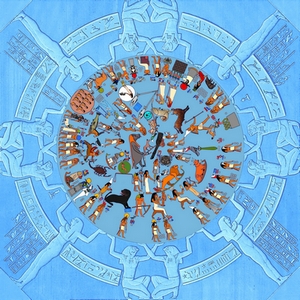
In India, we find many ancient texts that deal with the subject of astrology. The Brihatsamhita, Bhadrabahu Samhita and parts of the Atharvaveda all deal with astrology.
The Arabs also had knowledge of omens and astrology recorded as the Tajika. The Tajika was then translated to Persian In the 13th century. It then spread to other parts of the world where it was further translated.
